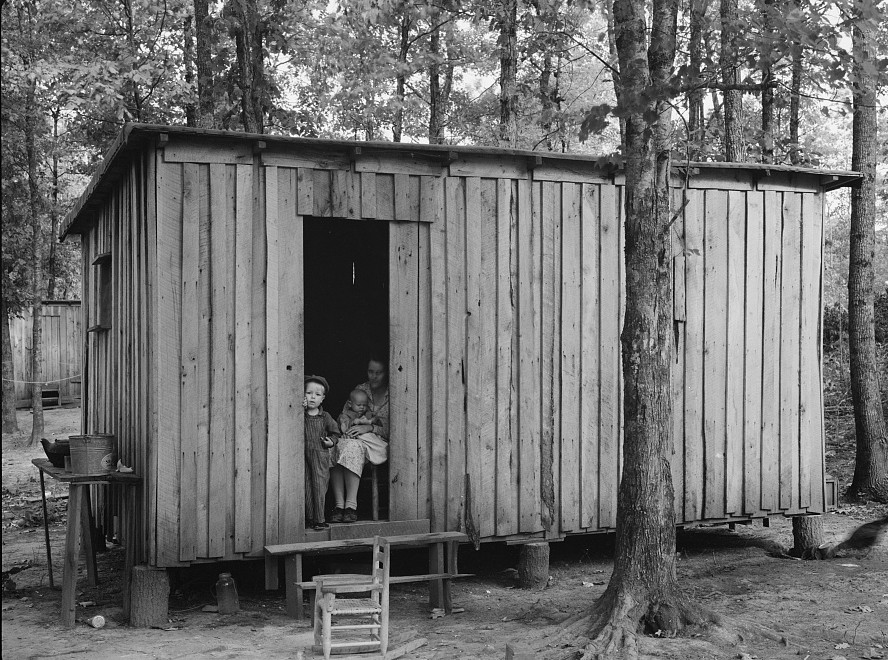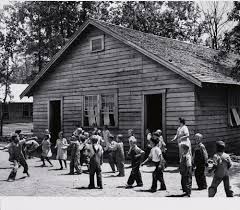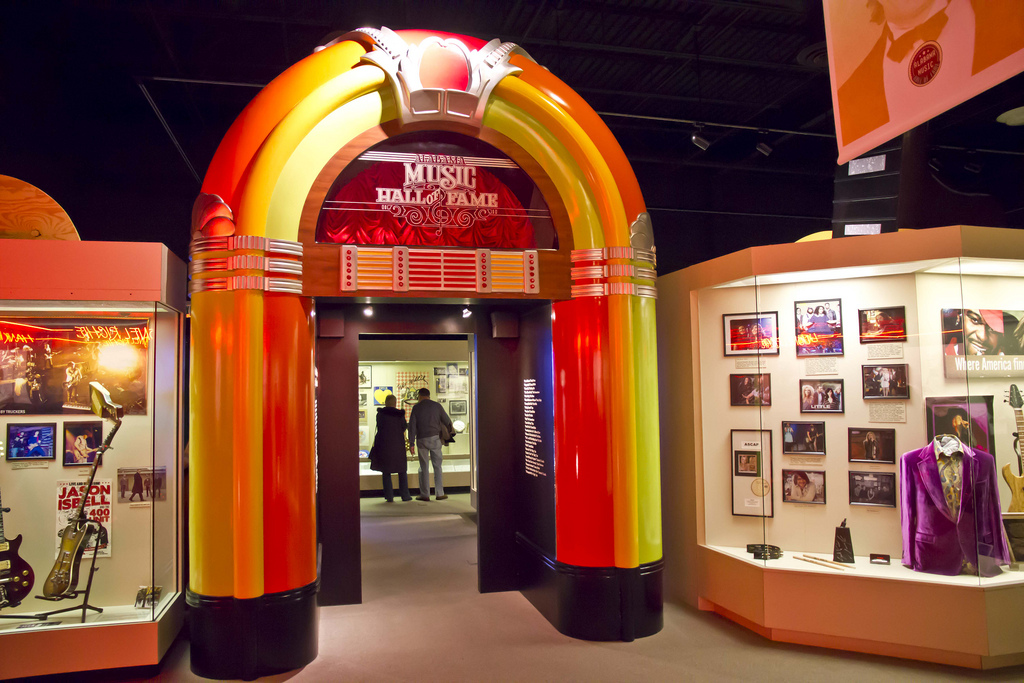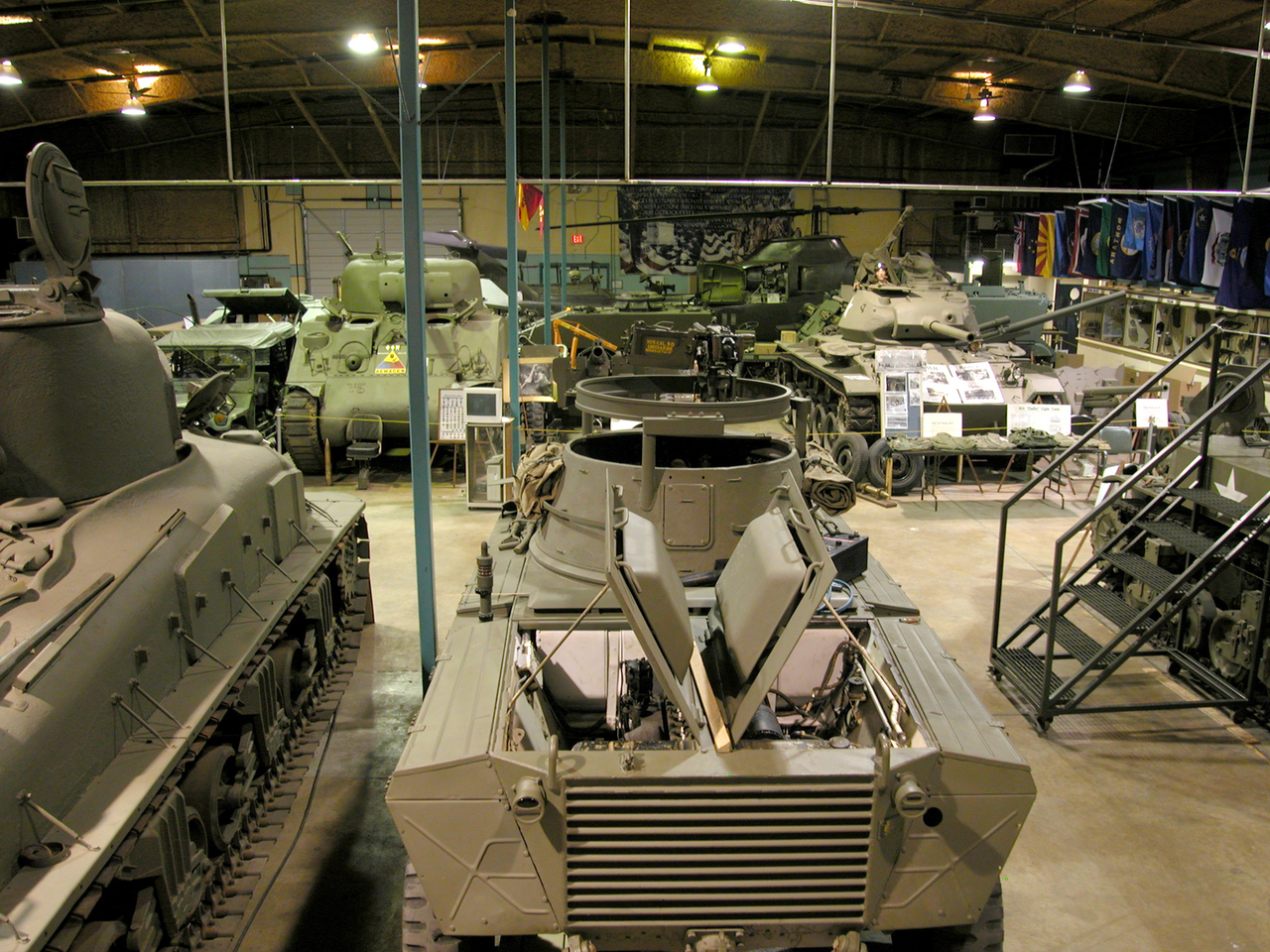Skyline Farms May Have Been Destined to Fail from The Beginning
Skyline Farms, much like the Prairie Farms Resettlement Community, is one of the best kept secrets in Alabama.
However, it played a major role in the life of hundreds of families in the 1930’s to 1940’s, and unlike most of these ‘experiments”, it has a heritage association that is active today.
 Housing at Skyline Farms In 1935 Jackson County Alabama
Housing at Skyline Farms In 1935 Jackson County AlabamaBut there is one thing that makes it different than a lot of the better known “projects” during those times; it was a “whites only” project.
Like most all of the New Deal programs that surfaced during and after the Great Depression, this project followed the “Jim Crow” laws of the south during those difficult times.
The History of the Skyline Farms
 Farmers Working At Skyline Farms In Alabama
Farmers Working At Skyline Farms In AlabamaTo fully understand the breath and scope of the Skyline Farms project in the 1930’s it is helpful to understand exactly what the Jim Crow Laws were.
The Jim Crow Laws were both state and local laws that basically enforced racial segregation in the Southern parts of the United States.
They were passed by the white Democratic-dominated state legislatures and were enforced until 1965 when Civil Rights laws were passed.
These laws mandated that racial segregation was practiced in all public facilities in these southern states.
This mandate, however, went even further than just public facilitates, as it also included transportation as well as most all of the New Deal projects like this one.
The Skyline Farms project was part of the New Deal and was officially established in 1934 during the heart of the Depression.
It was established by the Federal Government to help farmers in the area and was considered to be one of the most unique socioeconomic projects in Alabama history.
The reason for this was quite simple for those looking back at it now; it was established in Jackson County, Alabama on Cumberland Mountain.
There were similar projects like the Prairie Farms Resettlement Community in south-central Alabama, and the Gee’s Bend community in Wilcox for African Americans only, but there was one major difference.
While these “projects” were not on what was considered to be “prime farmland”, at least they were on reasonable farmland.
The Skyline Farms experiment was set up for three major reasons by the Government.
They included the offer of cooperative farming, jobs, as well as social welfare for unemployed farmers in Alabama that were hit very hard by the Great Depression.
While it was only one of 43 similar projects by the Federal Government as part of the New Deal, it was considered to be one of the largest.
It was one of the largest because of what it took to develop it, the expenses this project incurred, as well as the national publicity it drew.
It was originally called the Cumberland Farms Project, but it was changed very quickly because of its confusion with another project that was occurring in Tennessee.
However, once it was formally established and to relatives today of those farmers that started it, it was fondly referred to as the Skyline Farms Colony.
It was set up and operated by the Resettlement Administration, which was driven by the movement that was popular in the country at those times.
Prior to the Great Depression, there was a movement that was gaining a lot of momentum in the early 1920’s.
It was called the “back to the land” movement and was driven by people that wanted to leave big expense cities and return to rural life.
One of its biggest supporters was President Franklin Roosevelt who agreed with the genesis behind the movement and wanted to see rural land put to better use.
He was the guiding force behind these “New Deal” movements, and this project was considered one of his biggest.
How Skyline Farms Was to Work
 Historic Marker For Skyline Farms Alabama
Historic Marker For Skyline Farms AlabamaSkyline Farms was born when the Federal Government bought more than 13,000 acres of land in Jackson County, Alabama.
Located in Northeastern Alabama, the land was just east of Huntsville, and south of Chattanooga Tennessee.
The entire goal of this project was to create a “Planned Community”, and it would include 181 farms.
These farms would vary in size from 40 to 60 acres, and those selected would be provided with a house and the equipment they would need to farm this land.
These selected farmers would than repay these costs over a period of time, from the money that they made by selling their crops.
The families were selected based on need, and these criteria were based on the relief rolls that were documented in Jackson County.
However, the Government’s selection of the crops they were to grow, cotton and potatoes were part of the reason that they would eventually fail.
The members would be part of a cooperative, where they would jointly own a store and a marketing association.
They would also have a pre-paid health program for their families as well as their livestock, and it was all subsidized by the Federal Government.
The families that were selected would then help to build their homes, with assistance from the Resettlement Administration.
They were also encouraged to participate in crafts, dances, and music, which is one area they became very good at.
In fact, they became so proficient at music, that several members of this colony formed what was called the Skyline Farms Band.
This band played “traditional music”, better known as folk music, and performed for the President.
They performed at a garden party at the White House in 1938, for President Roosevelt and his wife.
This experiment like most all of the others, however, was about to come to a crashing end.
In the early 1940’s, the community really hit some hard financial times, as the crops they were given to grow failed.
 School Yard at Skyline Farm
School Yard at Skyline FarmWhile cotton and potatoes thrived in the traditional areas of Alabama, the land they were in located on in the Cumberland Mountain was not the best climate for them.
It was not suited because of its elevation, climate, and soil content, to grow these types of crops.
However, the Government was not through with this project, as they also built a hosiery mill in the area for them to run.
But because of World War II, there was a shortage of nylon available, and this project failed as well.
By the end of the war a lot of Americans and politicians were tired of what they saw as “social” projects, which set the final end of the Skyline Farms.
In 1944 the Government started to liquidate the project and sell the farms to private owners.
Of the 180 plus selected owners, only two families were able to afford to buy their farms.
The only community owned site that still remains is the school, which is now used as a local elementary school.
It is listed in the Alabama Register of Historic Places.
There is now a Heritage set up in the area, called the Skyline Farms Heritage Association.
One of its major goals is to resurrect some of the buildings, artifacts, as well as the culture in the original colony.
While a lot of people saw this project as a “socialism experiments’, they see it as a test of character that was more valuable than money.
They see it as a gift that helped these families during these very difficult times, and they want to preserve its history and document the numerous stories.
It was established in 1998 to help to recreate the regions past.
References
http://www.encyclopediaofalabama.org/article/h-3377
The Best Kept Secrets In Alabama

Alabama Gift Store
Numerous Items for You and Your Family to Enjoy
See it here at the Gift Store
Copyright 2019-2023 Alabamabackroads.com
All Rights Reserved



















